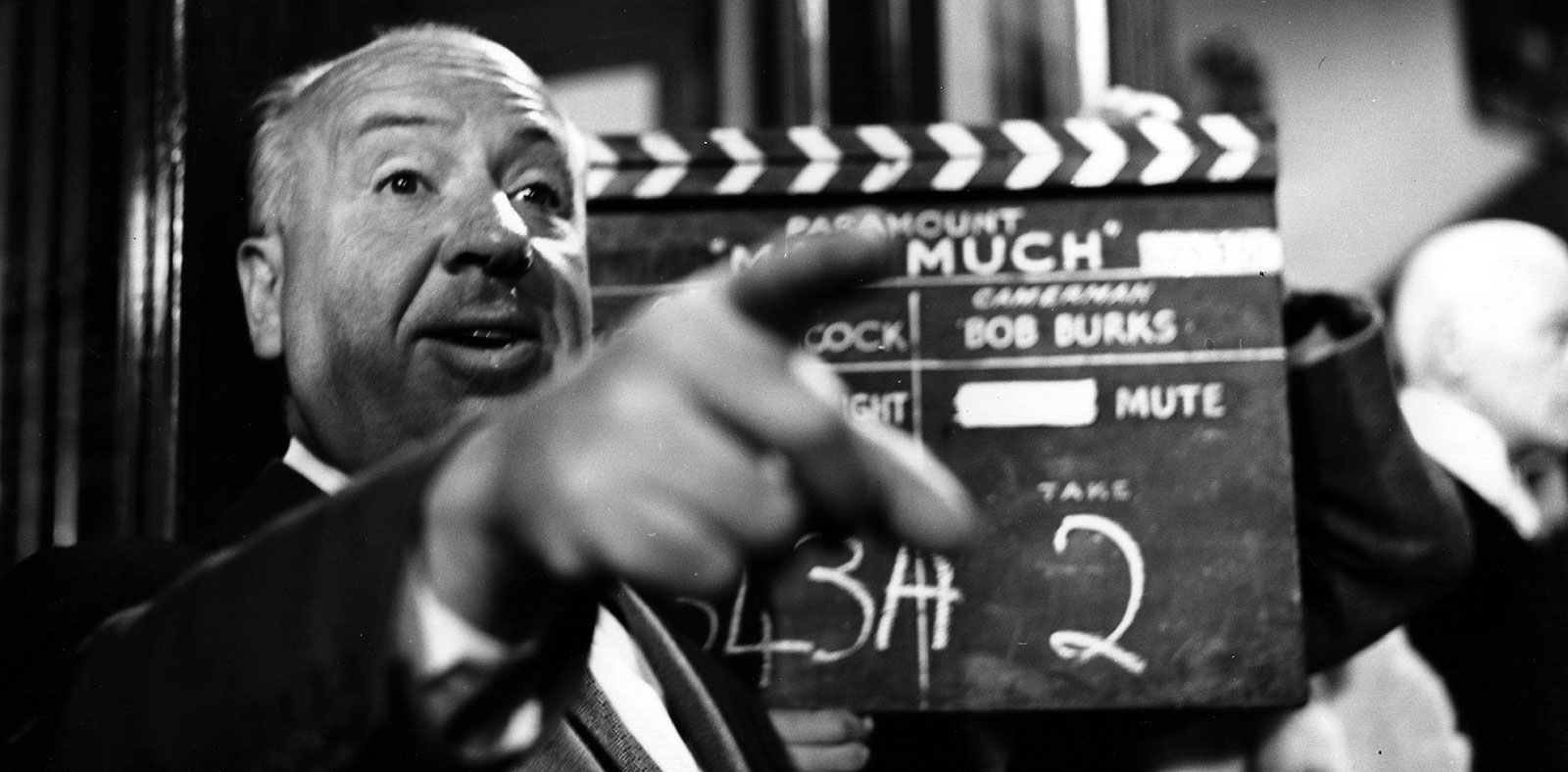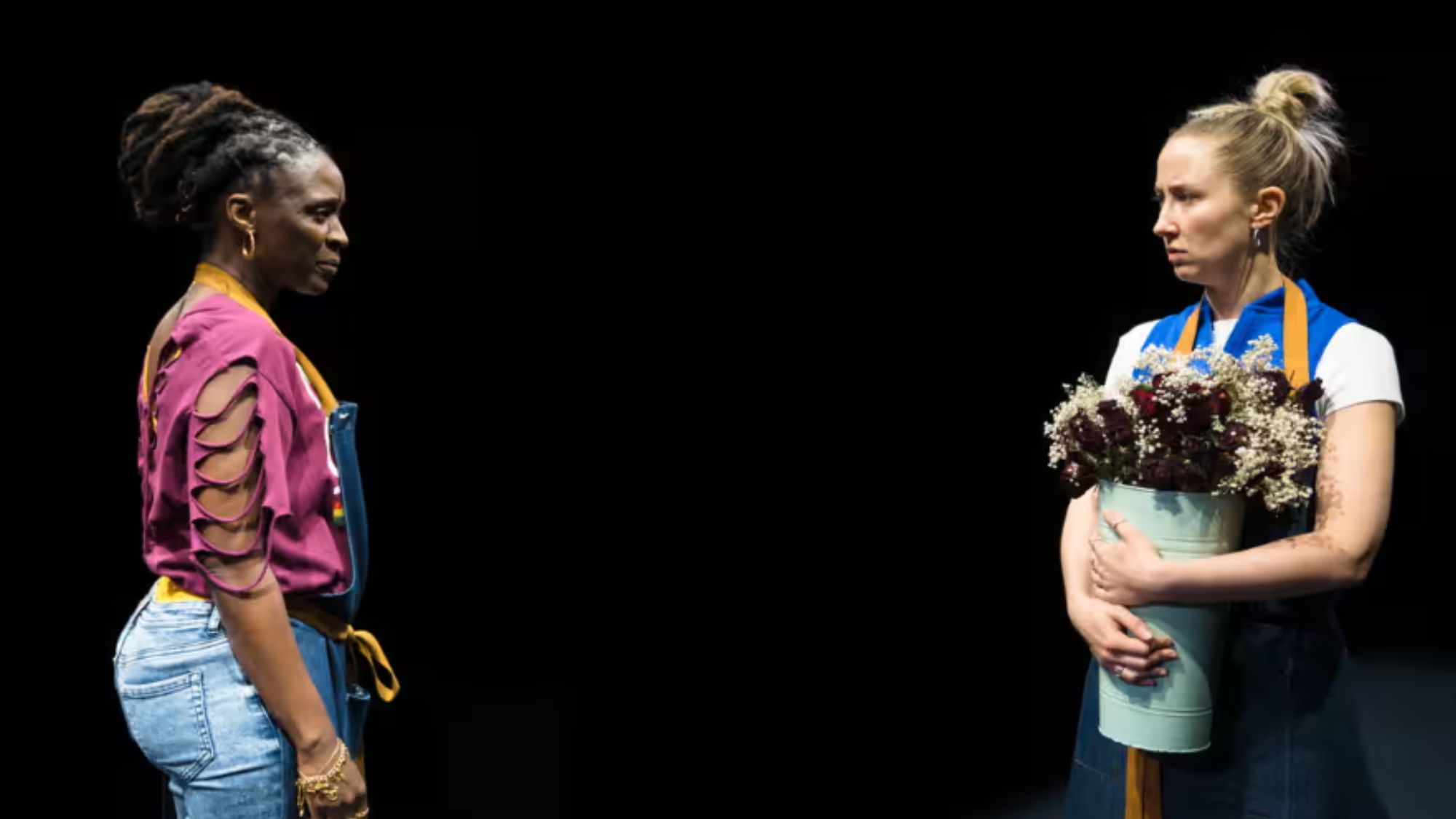Time and motion
Film directors have always had a playful attitude to time. We trace the history of experimental narratives - in no particular order

One of the few constants in the history of film has been the speed at which images run through the projector - 24 frames per second. Yet even as it has submitted to the mechanics of time, cinema has bent and broken every other chronological rule.
Novelists had long played fast and loose with narrative time and sequencing, and film directors soon wanted in on the act. The flashback was first used in an early French silent movie, Histoire d’Un Crime, but it was quite rare until Orson Welles made his cinematic masterpiece, Citizen Kane, in 1941. Having killed off its eponymous protagonist, he proceeded to piece his life story together through a sequence of flashbacks seen through the eyes of the people who knew him.
Nine years later, another legendary director, Akira Kurosawa, complicated the format still further with Rashomon (below), in which he used flashbacks to depict multiple conflicting testimonies from witnesses to the rape of a woman and the death of her samurai husband. By 1962, John Ford was inserting a flashback into a flashback to explain the premise of The Death Of Liberty Valance.
The Week
Escape your echo chamber. Get the facts behind the news, plus analysis from multiple perspectives.

Sign up for The Week's Free Newsletters
From our morning news briefing to a weekly Good News Newsletter, get the best of The Week delivered directly to your inbox.
From our morning news briefing to a weekly Good News Newsletter, get the best of The Week delivered directly to your inbox.
Thirty years later, very little was off-limits. In Pulp Fiction (1994), for example, Quentin Tarantino gleefully hacks his narrative into comic-book frames and sequences. In between the bookends of the diner hold-up scenes, stories “revolve around one another like the spokes of a wheel around a centre”, says The Script Lab, and yet the film “does exactly the right things at precisely the right times”.
Sometimes the manipulation is simpler, if no less arresting. Alfred Hitchcock (below) called drama “life with the dull bits cut out” and films often chop out large chunks of time using ellipsis, a device that compresses the passage of time to move the plot on, or conceal it before a big reveal. In 1968‘s Planet Of The Apes, the sight of the the Statue Of Liberty poking from the sand provides Charlton Heston’s grizzled human astronaut with the realisation he has been on Earth the whole time, but a future Earth destroyed by nuclear war.

That wasn’t the first time-travel movie - the silent version of Mark Twain’s A Connecticut Yankee in King Arthur's Court, released in 1921, can lay claim to that distinction - but it did open the portal. Today, time travel is a common cinema trope and a source of both humour and dramatic tension. Robert Zemeckis’s Back To The Future (1985) combined both in a mainstream family movie, while James Cameron’s The Terminator gave the genre a violent kick and some jaw-dropping special effects.
Movie characters are rarely time-rich, and the most common use of time as a dramatic device is in a race against the clock - depicted quite literally in 1952’s High Noon, which unfolds in real time, as Gary Cooper’s clock ticks down to his moment of destiny. Zemeckis gleefully makes use of the image into Back To The Future, when Marty races to get the De Lorean back up to speed by harnessing lightning at the moment he knows it will strike a clock tower.
A free daily email with the biggest news stories of the day – and the best features from TheWeek.com
The most frequently recurring sequence, however, is the descending counter on a ticking bomb, used time and again in movies ranging from The 39 Steps through Goldfinger, The Rock and Armageddon. Thankfully the hero always knows which wire to cut.
Freezing or looping time - another popular trope - can be traced to 1947’s noirish Repeat Performance, in which Joan Leslie shoots her husband on new year’s eve and is allowed to live her year all over again. The Bill Murray vehicle Groundhog Day executed the idea so well that the title became a byword for any deja vu moment in real life. Since that film’s release in 1993, the idea has been reprised multiple times in movies such as 2014’s Edge Of Tomorrow, in which alien-fighting Tom Cruise repeats his day every time he dies, as if he were a character in a computer game.
Time can be sped up and slowed down in the most literal sense, too. Godfrey Reggio’s 1982 experimental film Koyaanisqatsi consists of both slow-motion and time-lapse footage of elemental nature juxtaposed against cities, and set to a hypnotic Philip Glass soundtrack. And perhaps the most thoughtful approach to the passage of time can be found in Richard Linklater’s extraordinary Boyhood, which follows a cast of real children for an entire decade as they grow up, incorporating events from their lives into the story.

The natural approach, however, is not for everyone, and few directors have distorted temporal continuity more than Christopher Nolan. In 2000’s Memento, he uses reverse chronology (first seen in Pinter’s Betrayal), intercutting black-and-white scenes that run forward with colour scenes that run in reverse in order to piece together insurance investigator Leonard Shelby’s shattered memory.
The mind-boggling narrative of Inception (2010) plays with concepts of real time and dream time, with the action unfolding at different speeds depending on what state the characters are in. And in Insterstellar (2014), gravity’s time-warping effect locks Matthew McConaughey’s astronaut, Cooper, in another dimension, separating him from his ten-year-old daughter on Earth.
Yet nowhere do all these tropes come together more powerfully than in Christian Marclay’s ingenious art installation The Clock, a 24-hour-long movie montage that begins each clip with a clock or watch showing the actual time of the world outside. What follows is a skillfully edited patchwork of time-orientated scenes from the history of film, including many of the movies mentioned here.
If you have a spare day you should see it.
-
 Wilde Cambridge: home-away-from-home in a prime city spot
Wilde Cambridge: home-away-from-home in a prime city spotThe Week Recommends This laid-back aparthotel is the perfect base for a weekend of exploring
-
 The best alcohol-free alternatives for Dry January
The best alcohol-free alternatives for Dry JanuaryThe Week Recommends Whether emerging from a boozy Christmas, or seeking a change in 2026, here are some of the best non-alcoholic beers, wines and spirits to enjoy
-
 A lemon-shaped exoplanet is squeezing what we know about planet formation
A lemon-shaped exoplanet is squeezing what we know about planet formationUnder the radar It may be made from a former star
-
 Friendship: 'bromance' comedy starring Paul Rudd and Tim Robinson
Friendship: 'bromance' comedy starring Paul Rudd and Tim RobinsonThe Week Recommends 'Lampooning and embracing' middle-aged male loneliness, this film is 'enjoyable and funny'
-
 The Count of Monte Cristo review: 'indecently spectacular' adaptation
The Count of Monte Cristo review: 'indecently spectacular' adaptationThe Week Recommends Dumas's classic 19th-century novel is once again given new life in this 'fast-moving' film
-
 Death of England: Closing Time review – 'bold, brash reflection on racism'
Death of England: Closing Time review – 'bold, brash reflection on racism'The Week Recommends The final part of this trilogy deftly explores rising political tensions across the country
-
 Sing Sing review: prison drama bursts with 'charm, energy and optimism'
Sing Sing review: prison drama bursts with 'charm, energy and optimism'The Week Recommends Colman Domingo plays a real-life prisoner in a performance likely to be an Oscars shoo-in
-
 Kaos review: comic retelling of Greek mythology starring Jeff Goldblum
Kaos review: comic retelling of Greek mythology starring Jeff GoldblumThe Week Recommends The new series captures audiences as it 'never takes itself too seriously'
-
 Blink Twice review: a 'stylish and savage' black comedy thriller
Blink Twice review: a 'stylish and savage' black comedy thrillerThe Week Recommends Channing Tatum and Naomi Ackie stun in this film on the hedonistic rich directed by Zoë Kravitz
-
 Shifters review: 'beautiful' new romantic comedy offers 'bittersweet tenderness'
Shifters review: 'beautiful' new romantic comedy offers 'bittersweet tenderness'The Week Recommends The 'inventive, emotionally astute writing' leaves audiences gripped throughout
-
 How to do F1: British Grand Prix 2025
How to do F1: British Grand Prix 2025The Week Recommends One of the biggest events of the motorsports calendar is back and better than ever